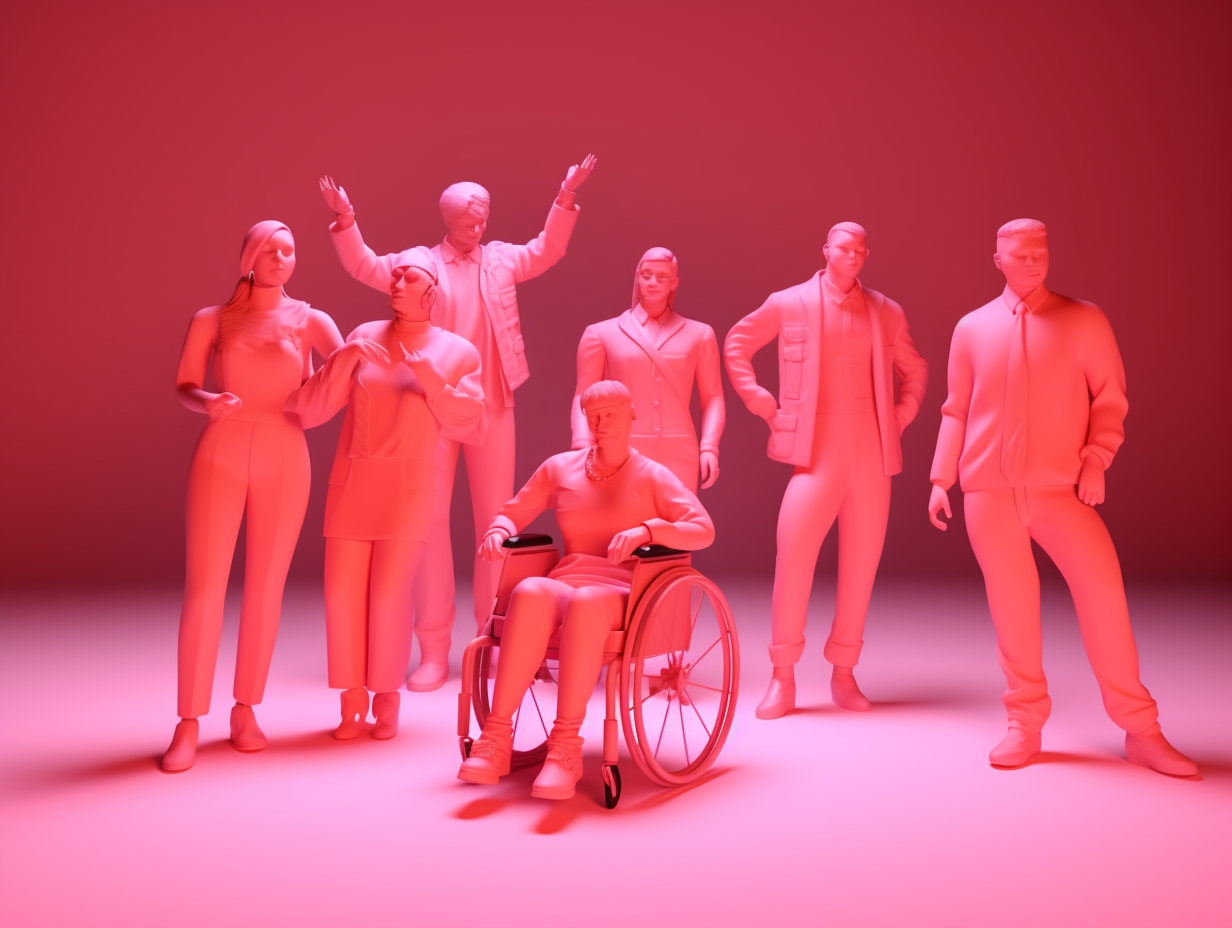
How the metaverse can provide assistive tech
The metaverse can use assistive technologies to provide metaverse experiences to the deaf, blind, and cognitively challenged by implementing the following:
1. Audio descriptions and captions – Incorporating audio descriptions and captions can help people who are visually impaired or deaf to understand the virtual world. These features provide textual and audio descriptions of the actions, characters, and environments in the metaverse.
2. Haptic feedback – Haptic feedback technology can provide tactile feedback, such as vibrations or pressure, to help people with visual or auditory impairments to navigate and interact with the virtual environment.
3. Sign language and Braille interfaces – Sign language and Braille interfaces can help deaf and blind individuals to communicate with other users in the metaverse. These interfaces can also be used to provide textual or audio descriptions of the virtual environment.
4. Cognitive assistance – Cognitive assistance technology can help people with cognitive disabilities to navigate and understand the virtual world. This technology can provide visual and audio cues to help users find their way around, and it can also provide simplified or customized interfaces to make the experience more accessible.
5. Voice recognition and speech synthesis – Voice recognition and speech synthesis technologies can enable people with speech disabilities to communicate with other users in the metaverse. These technologies can be used to convert text or sign language into speech, and vice versa.
Overall, the metaverse can use assistive technologies to provide more inclusive and accessible experiences for people with disabilities. By incorporating these technologies, the virtual world can become a more welcoming and accommodating place for everyone.
1. “SightLine” – A name that conveys the idea of a digital tool that creates a line of sight for the visually impaired in the metaverse, using audio and other sensory cues to help them navigate and interact with their surroundings.
2. “AudibleVerse” – A name that emphasizes the use of audio technology to assist those who are deaf or hard of hearing to experience the metaverse, conveying the idea of an immersive and inclusive virtual world.
3. “BrailleMet” – A name that incorporates the tactile language of Braille to convey the idea of a digital tool that enables the blind to read and explore the metaverse through their sense of touch.
4. “SignScape” – A name that emphasizes the use of sign language as a means of communication and interaction in the metaverse, conveying the idea of a virtual world that is accessible and welcoming to those who are deaf.
5. “SensoryMet” – A name that suggests a digital technology that enhances the sensory experience of the metaverse for people with disabilities, conveying the idea of a platform that is designed to be inclusive and accommodating to all.
